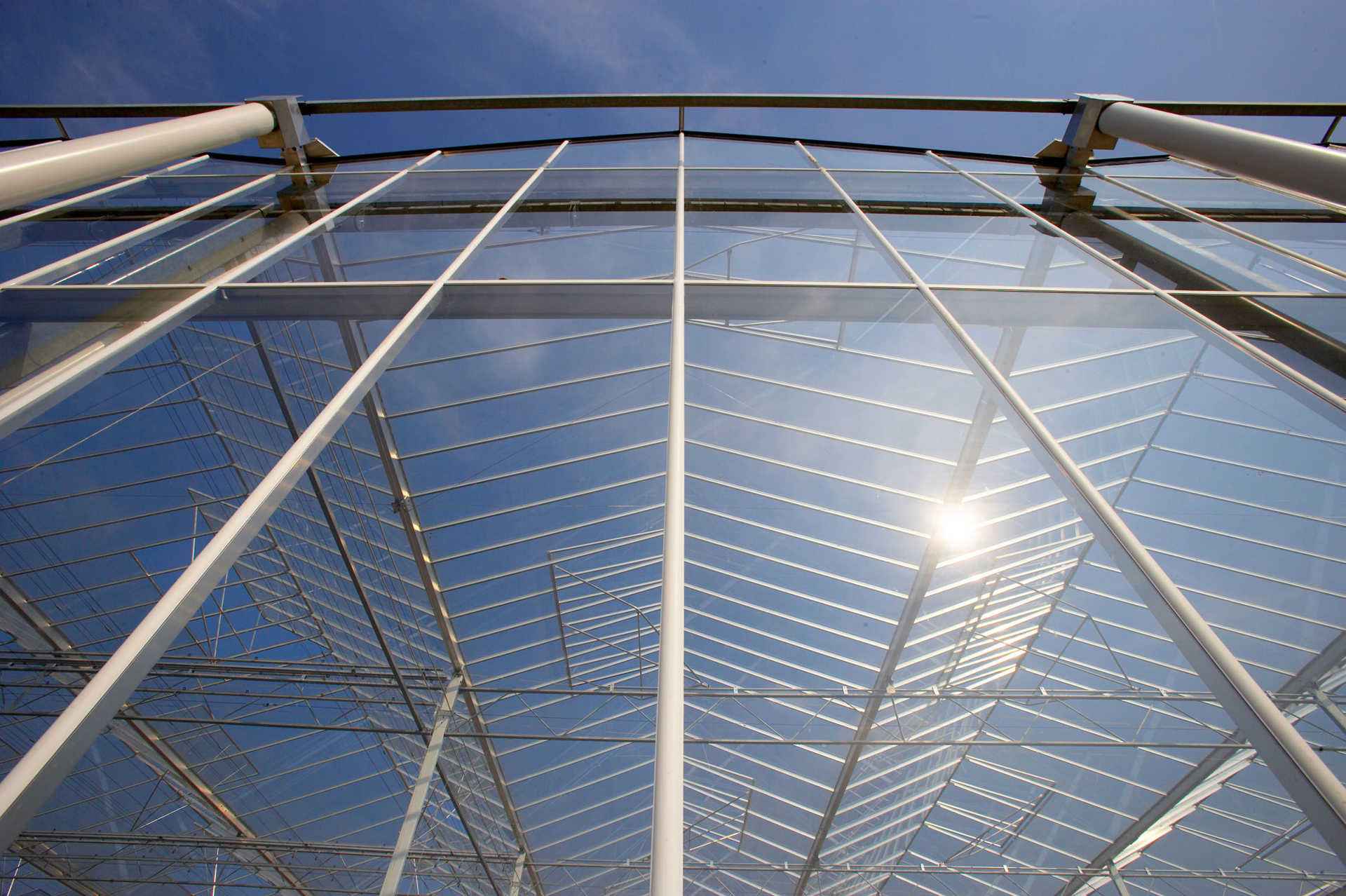U-Value

Short definition
U-Value is the overall heat transfer coefficient of the greenhouse glazing system, representing the rate of heat transfer through the cover under a temperature difference; it informs energy budgeting and climate-system sizing for Venlo-style glass greenhouses.
Expanded definition
=U-value denotes how easily heat moves through the glazing assembly, combining glass conductance, screen resistance, and convective losses into a single metric used to predict heat loss at a given outside-inside temperature difference. In operational terms, the effective U-value depends on the configuration: glass alone, glass with screens, and the presence of gaps or openings; it acts as the basis for calculating the cooling or heating load per square meter. Practical use flows from energy budgeting to control strategies: climate models forecast required heating, above-screen extraction and screen-gap management modulate losses, and energy audits benchmark performance. Synonyms and abbreviations: u-value, thermal transmittance, overall heat transfer coefficient, k-value, effective u-value, heat transfer coefficient, thermal conductance, overall U.
In Greenhouse Context
U-value is central to how a greenhouse designer and operator understand energy performance. It defines the baseline heat loss through the glazing system and thus the size of heating equipment, the extent of cooling or dehumidification needed, and the resilience of the climate in crop zones. In Venlo-style glasshouses, sensor networks monitor inside and outside temperatures, relative humidity, wind speed, and canopy conditions; these inputs feed climate models that rely on a measured or assumed U-value to predict heat flux, drying rates, and energy consumption. Automation uses U-value estimates to set boiler output, to regulate above-screen extraction, to modulate screen gaps, and to trigger targeted ventilation; accurate U-value data supports proactive forecasting, fault detection, and rapid adjustments in response to weather events, crop stage, and irrigation cycles. Operational significance also extends to disease risk, as high heat loss or fluctuating temperatures can alter leaf wetness and humidity, influencing pathogen development; energy efficiency goals rely on minimizing sensible and latent losses through the glazing system while preserving crop microclimates; site wind, infiltration, and screening interact with the U-value, so ongoing measurements vs. model predictions are essential for correct decision making; the overall effect is a tighter, more responsive climate envelope that aligns with energy budgets, yield stability, and resource stewardship in Dutch Venlo greenhouses.
Examples and/or use cases
In a 1,000 m2 Venlo greenhouse with bare glass and no screens, a night-time temperature drop of 12 °C produces clear heat losses that mandate heating capacity planning; Installing a shading screen with lower conductance reduces heat loss during winter nights and allows more stable interior temperatures; On a windy site, infiltration can raise actual heat losses above the static U-value prediction, prompting tighter seal improvements and adjusted ventilation strategies; A model-based climate control system uses U-value estimates to determine boiler setpoints and to coordinate between heat distribution networks and above-screen extraction for efficient energy use; An energy audit identifies gaps around joints and vents that become opportunities for insulation upgrades and reduced capital heating costs; In hydroponic crop cycles, better control of U-value-related heat flux enables tighter root-zone temperature management and reduces energy peaks during lighting transitions; All examples illustrate how U-value informs design decisions, real-time control, and energy performance tracking in practice.
Relevance
U-Value sits at the intersection of psychrometrics, heat transfer, and control engineering. Scientifically, it encapsulates conductive, convective, and radiative pathways through the glazing system, and practically it translates into heater sizing, emissions planning, and automation tactics. In crop physiology terms, stable leaf temperature and controlled vapor pressure deficit depend on predictable heat loss and climate stability, which are governed by the U-value and the efficacy of above-screen extraction and screening strategies. Control algorithms—ranging from PID to model predictive control—rely on accurate U-values to forecast energy needs, schedule pre-heating, and optimize energy use without compromising crop health. Energy audits and commissioning tests use U-value as a core parameter to benchmark performance across seasons and configurations. Sources — Books: Heating, Ventilating and Cooling Greenhouses — ASAE; Psychrometric Chart Use — Extension, Pennsylvania State University. Sources — Online: https://ceac.arizona.edu/sites/default/files/asae_-_heating_ventilating_and_cooling_greenhouses.pdf; https://extension.psu.edu/psychrometric-chart-use/; https://msu-prod.dotcmscloud.com/floriculture/uploads/files/Section%20_3.pdf